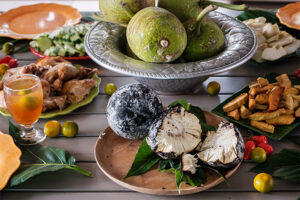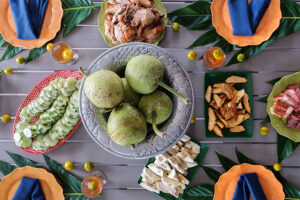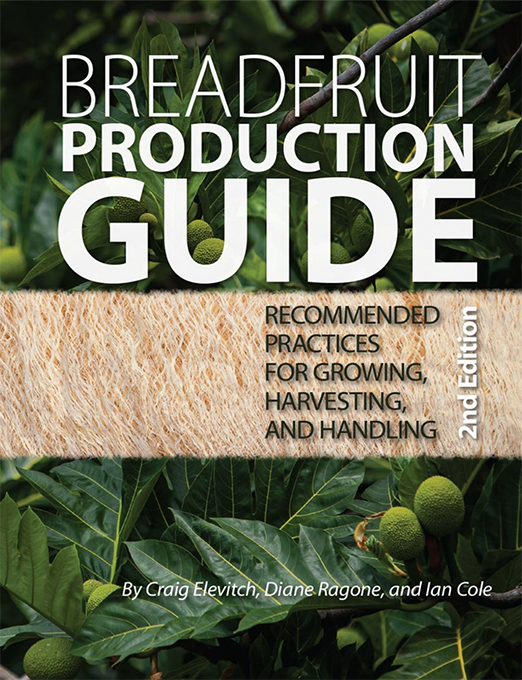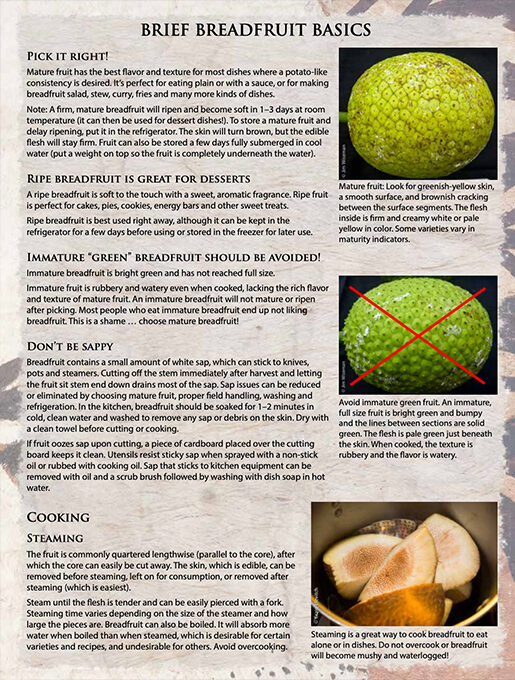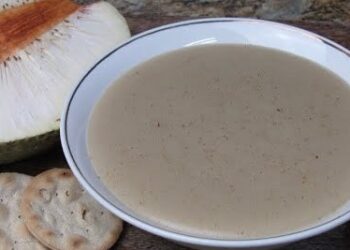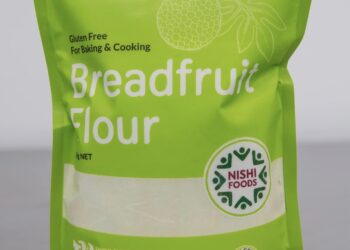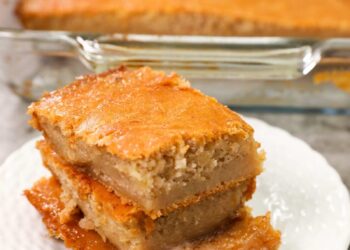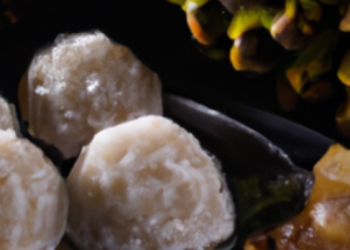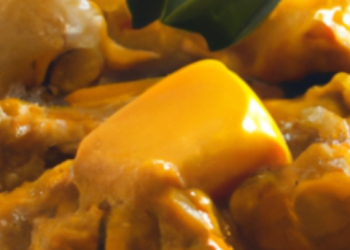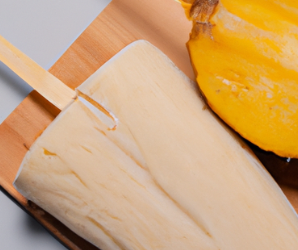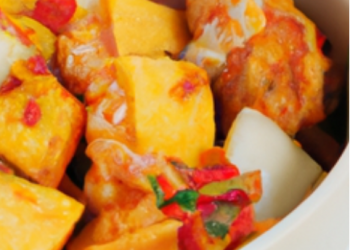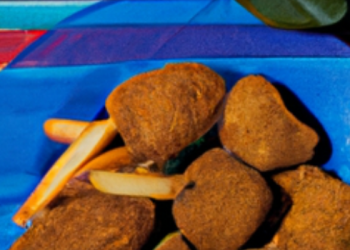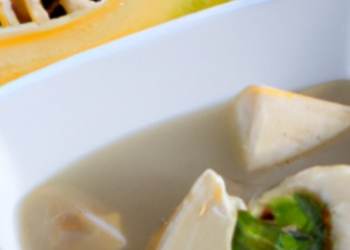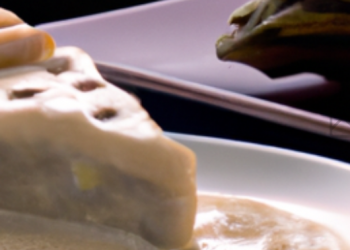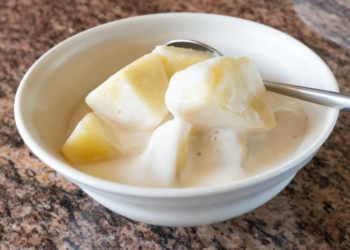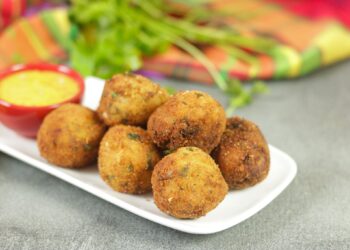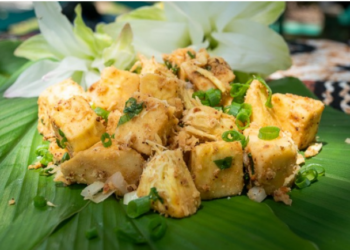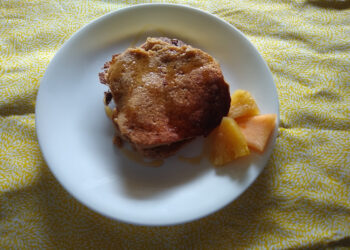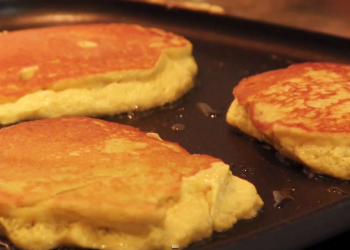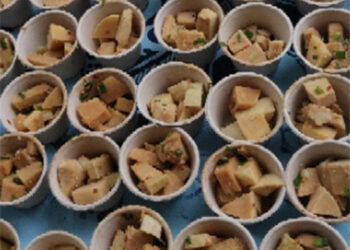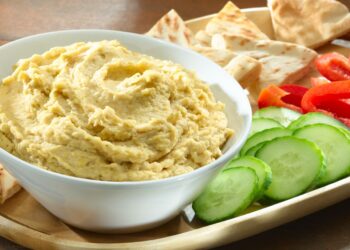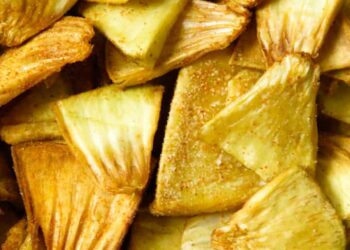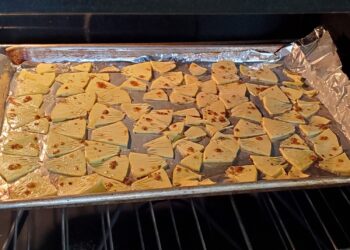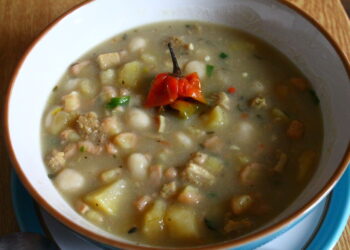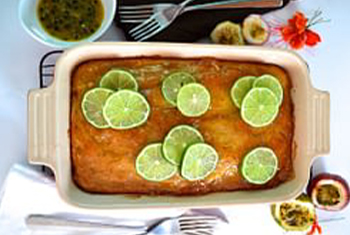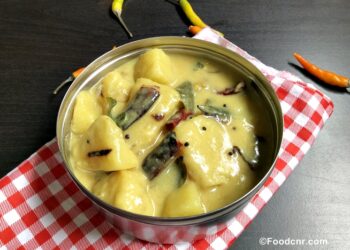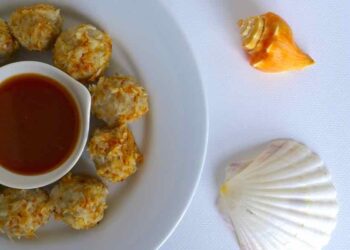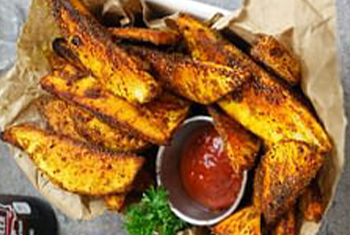Breadfruit is an extremely versatile fruit that can be prepared and eaten at every stage of development and maturity.
The mature fruit is the most desirable to use for most dishes, due to its potato-like texture. There are many ways to prepare mature breadfruit: steamed, boiled, fried, baked, or cooked in traditional ways in a fire. Then it can be used in a variety of dishes such as casseroles, fritters, croquettes, pancakes, breads, curries, stews, chowders, salads and many other dishes. It can also be mashed and made into dips, like hummus, or vegetarian burgers or pate. Must we mention that it’s totally delicious?
While called a ‘fruit’ Breadfruit is mostly used as a vegetable. When it’s cooked it often has a mild musky, fruity flavor and works super well in flavourful recipes like curries. Ripe breadfruit may have a texture like ripe avocado or be as runny as ripe brie cheese. The fiber content of breadfruit is around 10.8 grams per cup of raw breadfruit. Fibre is essential for digestion, and for avoiding constipation. A high-fiber diet is associated strongly with reduced risk of high blood pressure and other heart disease factors.
But it doesn’t just taste great… it’s also pretty good for you
Breadfruit is high in complex carbohydrates, low in fat, and cholesterol and gluten free. It rates moderately on the glycemic index (GI) meaning that it doesn’t cause major blood sugar shock.
Approximately ½ a cup of breadfruit provides 25% of the recommended daily intake for fibre, and 5–10% of the recommended daily intake for protein, magnesium, potassium, phosphorus, thiamine (B1), and niacin (B3).
Breadfruit also provides some carotenoids, such as β-carotene and lutein, which are not present in white rice or white potato.
Want to know more? Check out this Fact Sheet on the Nutritional Values of Breadfruit from our friends at the Hawaii Department of Agriculture.
Buying and storing breadfruit
Mature fruit has the best flavor and texture so it’s important to choose the ‘right’ breadfruit. To choose a mature breadfruit, look for greenish-yellow skin, a smooth surface, and brownish cracking between the surface segments. The flesh inside is firm and creamy white or pale yellow in color. Some varieties vary in maturity indicators. A firm, mature breadfruit will ripen and become soft in 1–3 days at room temperature (it can then be used for dessert dishes!). To store a mature fruit and delay ripening, put it in the refrigerator. The skin will turn brown, but the edible flesh will stay firm. Fruit can also be stored a few days fully submerged in cool water (put a weight on top so the fruit is completely underneath the water).
Immature “green” breadfruit should be avoided! Immature breadfruit is bright green and has not reached full size. Immature fruit is rubbery and watery even when cooked, lacking the rich flavor and texture of mature fruit. An immature breadfruit will not mature or ripen after picking. Most people who eat immature breadfruit end up not liking breadfruit. This is a shame … choose mature breadfruit!
Breadfruit contains a small amount of white sap, which can stick to knives, pots and steamers. Cutting off the stem immediately after harvest and letting the fruit sit stem end down drains most of the sap. Sap issues can be reduced or eliminated by choosing mature fruit, proper handling, washing and refrigeration. In the kitchen, breadfruit should be soaked for 1–2 minutes in cold, clean water and washed to remove any sap or debris on the skin. Dry with a clean towel before cutting or cooking. If fruit oozes sap upon cutting, a piece of cardboard placed over the cutting board keeps it clean. Utensils resist sticky sap when sprayed with a non-stick oil or rubbed with cooking oil. Sap that sticks to kitchen equipment can be removed with oil and a scrub brush followed by washing with dish soap in hot water.

